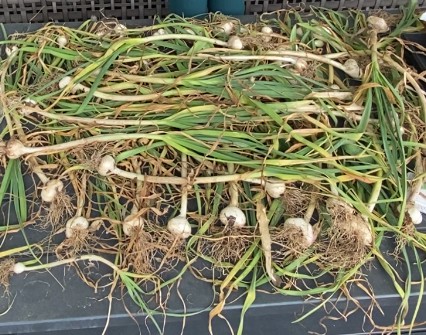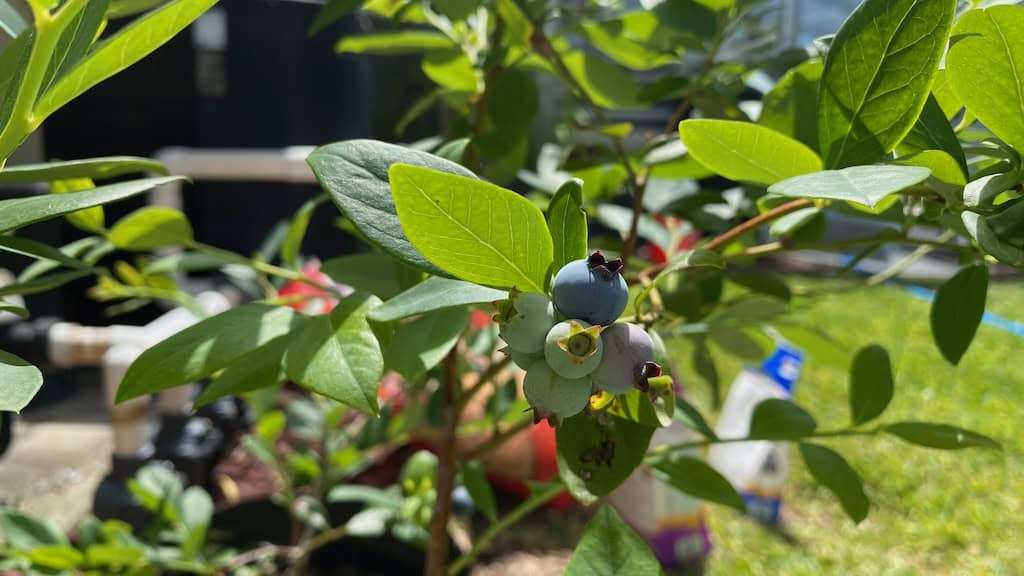Last Updated on January 12, 2024 by Homegrown Florida
Are you tired of the challenges that come with growing tomatoes from seed? Join me in today’s gardening adventure as we explore a simpler and efficient method—propagating tomato plants through cuttings. I’m passionate about this low-maintenance technique that allows you to replicate your favorite tomato plants effortlessly.
The Magic of Cuttings:
Growing plants from cuttings involves taking a branch from an existing plant and creating an entirely new plant from that branch. It’s essentially cloning, and tomatoes happen to be excellent candidates for this process. So, grab a pair of shears and let’s get started.
Step 1: Choosing the Right Tomato Plant:
Select your healthiest tomato plant, preferably an indeterminate variety. Indeterminate tomatoes continue to grow and produce, unlike determinate tomatoes that set fruit all at once. If you’re not keen on growing tomatoes from seed, nursery transplants can be a great alternative. Tomatoes and peppers, in particular, are worth the investment, and you can maximize returns by taking cuttings.
In my experiment, I chose varieties like San Marzano, Red Pear, and Pink Oxford. Now, let’s focus on the secret to successful cuttings—suckers.
Understanding Suckers:
Suckers are shoots that emerge between leaf branches and the main stem of a tomato plant. They’re essentially new tomato plants growing off the main plant. While removing them in the fall helps hasten fruit production on the main stem, leaving a few for cuttings can be a strategic move.
To identify a sucker, look for a tiny plant growing in the elbow or crotch area between the main stem and a leaf branch. Suckers are essentially potential new tomato plants.

Taking Cuttings:
- Locate a healthy sucker, about six inches in length.
- Clip it off as close to the plant as possible.
- Remove lower leaves, leaving only the growing tip at the top.
Rooting the Cuttings:
To encourage root formation, dip the cut part of the stem into honey or use rooting hormone. Honey, with its natural antibacterial properties, can help maintain the cutting’s health. Wipe off excess honey and plant the cutting deep into a small pot, ensuring it hits the bottom and comes back up an inch.
Water the cutting thoroughly, ensuring the soil is packed around it. Place the pot in a shaded area for the first couple of weeks to allow the cutting to focus on developing roots.

Future Transplants:
After a few weeks, check for root growth or new leaves. Once you observe progress, move the cutting to a sunnier spot in your yard. As the cutting continues to thrive, consider potting it up into a container of about 5 to 10 gallons. Buckets or larger pots are excellent options for growing tomatoes.
Final Thoughts:
Taking cuttings from tomatoes not only helps you reduce the number of suckers on fall plants but also serves as a backup plan. This is an ideal time for such an experiment as we head into winter, and existing plants will eventually succumb to the frost. By starting early, you have ample time to pot up these cuttings and ensure a robust crop come spring.
If you’re curious about propagating other plants through cuttings, check out this video for more insights. Happy gardening, and let’s grow those tomatoes without the seed hassle!



